1. Thomas ML. The leukocyte common antigen family. Annu Rev Immunol. 1989; 7:339–369. PMID:
2523715.

2. Trowbridge IS, Thomas ML. CD45: an emerging role as a protein tyrosine phosphatase required for lymphocyte activation and development. Annu Rev Immunol. 1994; 12:85–116. PMID:
8011300.

3. Omary MB, Trowbridge IS, Battifora HA. Human homologue of murine T200 glycoprotein. J Exp Med. 1980; 152:842–852. PMID:
6968338.

4. Andersson LC, Karhi KK, Gahmberg CG, Rodt H. Molecular identification of T cell-specific antigens on human T lymphocytes and thymocytes. Eur J Immunol. 1980; 10:359–362. PMID:
6967814.

5. Dalchau R, Kirkley J, Fabre JW. Monoclonal antibody to a human leukocyte-specific membrane glycoprotein probably homologous to the leukocyte-common (L-C) antigen of the rat. Eur J Immunol. 1980; 10:737–744. PMID:
7428806.

6. Coffman RL, Weissman IL. B220: a B cell-specific member of th T200 glycoprotein family. Nature. 1981; 289:681–683. PMID:
6970340.
7. Dalchau R, Fabre JW. Identification with a monoclonal antibody of a predominantly B lymphocyte-specific determinant of the human leukocyte common antigen. Evidence for structural and possible functional diversity of the human leukocyte common molecule. J Exp Med. 1981; 153:753–765. PMID:
6166706.

8. Charbonneau H, Tonks NK, Walsh KA, Fischer EH. The leukocyte common antigen (CD45): a putative receptor-linked protein tyrosine phosphatase. Proc Natl Acad Sci U S A. 1988; 85:7182–7186. PMID:
2845400.

9. Ralph SJ, Thomas ML, Morton CC, Trowbridge IS. Structural variants of human T200 glycoprotein (leukocyte-common antigen). EMBO J. 1987; 6:1251–1257. PMID:
2956090.

10. Streuli M, Hall LR, Saga Y, Schlossman SF, Saito H. Differential usage of three exons generates at least five different mRNAs encoding human leukocyte common antigens. J Exp Med. 1987; 166:1548–1566. PMID:
2824653.

11. Streuli M, Morimoto C, Schrieber M, Schlossman SF, Saito H. Characterization of CD45 and CD45R monoclonal antibodies using transfected mouse cell lines that express individual human leukocyte common antigens. J Immunol. 1988; 141:3910–3914. PMID:
2972780.
12. Hall LR, Streuli M, Schlossman SF, Saito H. Complete exon-intron organization of the human leukocyte common antigen (CD45) gene. J Immunol. 1988; 141:2781–2787. PMID:
2971730.
13. Munakata S, Hendricks JB. Effect of fixation time and microwave oven heating time on retrieval of the Ki-67 antigen from paraffin-embedded tissue. J Histochem Cytochem. 1993; 41:1241–1246. PMID:
8331288.

14. Shi SR, Key ME, Kalra KL. Antigen retrieval in formalin-fixed, paraffin-embedded tissues: an enhancement method for immunohistochemical staining based on microwave oven heating of tissue sections. J Histochem Cytochem. 1991; 39:741–748. PMID:
1709656.

15. Takebe Y, Seiki M, Fujisawa J, Hoy P, Yokota K, Arai K, Yoshida M, Arai N. SR alpha promoter: an efficient and versatile mammalian cDNA expression system composed of the simian virus 40 early promoter and the R-U5 segment of human T-cell leukemia virus type 1 long terminal repeat. Mol Cell Biol. 1988; 8:466–472. PMID:
2827008.

16. Schürmann A, Monden I, Joost HG, Keller K. Subcellular distribution and activity of glucose transporter isoforms GLUT1 and GLUT4 transiently expressed in COS-7 cells. Biochim Biophys Acta. 1992; 1131:245–252. PMID:
1627641.

17. Stephen S, Gale G, Luce , Walter R. Leukocyte differentiation antigen database. Leukocyte Typing V. 1995; 1:99–102.
18. Trowbridge IS. CD45. A prototype for transmembrane protein tyrosine phosphatases. J Biol Chem. 1991; 266:23517–23520. PMID:
1836211.

19. Justement LB, Brown VK, Lin J. Regulation of B-cell activation by CD45: a question of mechanism. Immunol Today. 1994; 15:399–406. PMID:
7945781.

20. Kishihara K, Penninger J, Wallace VA, Kündig TM, Kawai K, Wakeham A, Timms E, Pfeffer K, Ohashi PS, Thomas ML, Furlonger C, Paige CJ, Mak TW. Normal B lymphocyte development but impaired T cell maturation in CD45-exon6 protein tyrosine phosphatase-deficient mice. Cell. 1993; 74:143–156. PMID:
8334701.

21. Byth KF, Conroy LA, Howlett S, Smith AJ, May J, Alexander DR, Holmes N. CD45-null transgenic mice reveal a positive regulatory role for CD45 in early thymocyte development, in the selection of CD4+CD8+ thymocytes, and B cell maturation. J Exp Med. 1996; 183:1707–1718. PMID:
8666928.

22. Hermiston ML, Xu Z, Weiss A. CD45: a critical regulator of signaling thresholds in immune cells. Annu Rev Immunol. 2003; 21:107–137. PMID:
12414720.

23. Gregori S, Mangia P, Bacchetta R, Tresoldi E, Kolbinger F, Traversari C, Carballido JM, de Vries JE, Korthäuer U, Roncarolo MG. An anti-CD45RO/RB monoclonal antibody modulates T cell responses via induction of apoptosis and generation of regulatory T cells. J Exp Med. 2005; 201:1293–1305. PMID:
15837814.

24. Chen G, Luke PP, Yang H, Visser L, Sun H, Garcia B, Qian H, Xiang Y, Huang X, Liu W, Senaldi G, Schneider A, Poppema S, Wang H, Jevnikar AM, Zhong R. Anti-CD45RB monoclonal antibody prolongs renal allograft survival in cynomolgus monkeys. Am J Transplant. 2007; 7:27–37. PMID:
17227555.

25. Jung DH, Margulies DH. The development of NKT cells in thymus is defective in CD45 knockout mice. Korean J Immunol. 2000; 22:117–121.
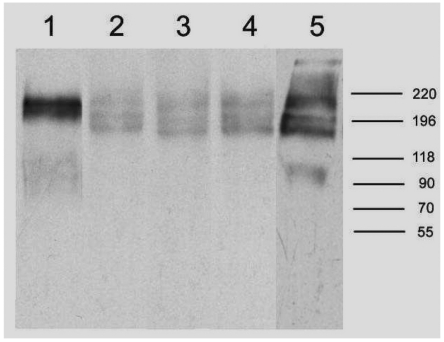
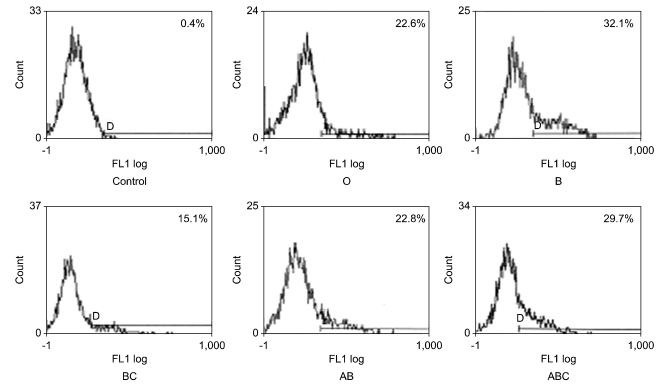




 PDF
PDF ePub
ePub Citation
Citation Print
Print


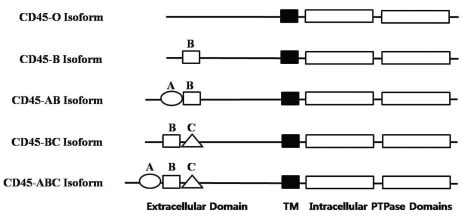

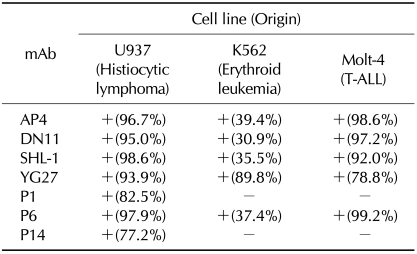
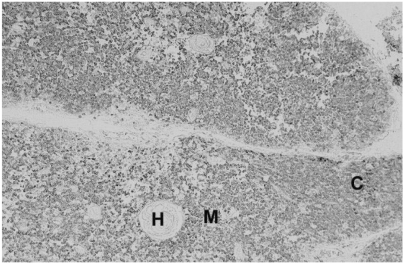
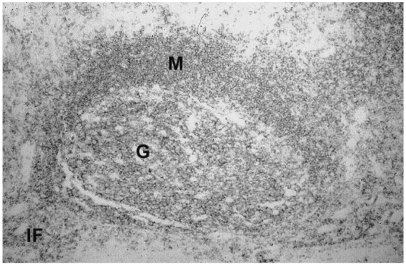
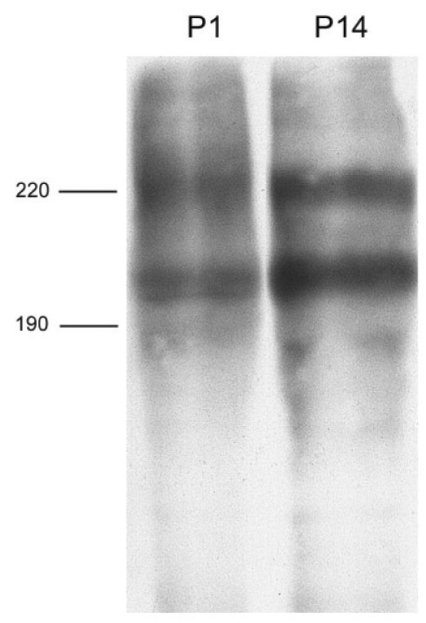
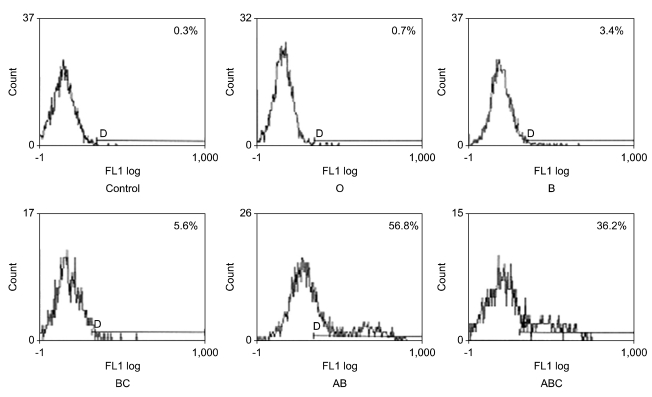

 XML Download
XML Download